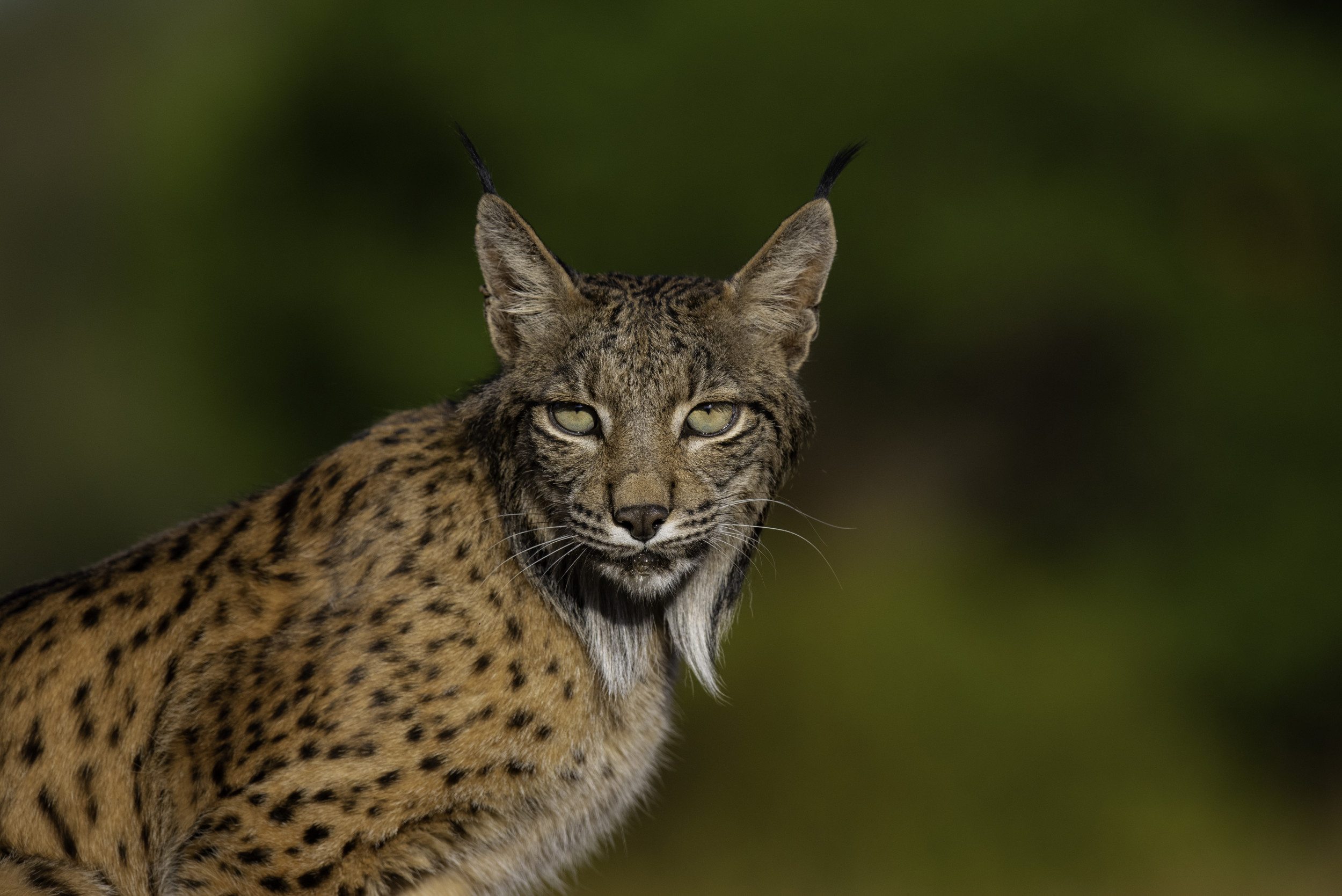New research has revealed an intriguing aspect of the Iberian lynx’s survival: a genetic infusion from its larger relative, the Eurasian lynx, centuries ago.
Once on the verge of extinction, the Iberian lynx population has rebounded impressively from a mere 25 breeding females in 2002 to over 400 by 2023, thanks to robust conservation initiatives. Nevertheless, this population remains delicate, prompting conservationists to explore insights from the species’ history.
A recent study published in Nature Ecology & Evolution emphasized the importance of ancient interbreeding in enhancing the Iberian lynx’s genetic diversity, which is crucial for its future.

Jose Angel Cortes Garcia/Getty
Using specialized clean room facilities, researchers extracted nuclear DNA from Iberian lynx bones that were 2,500 to 4,000 years old.
“We have to wear PPE in the lab to keep outside contamination to a minimum and use advanced methods to extract and sequence the DNA,” noted Paijmans.
After DNA extraction, the complex process of separating lynx DNA from contaminants began, requiring extensive computational analysis.
Surprisingly, the study found that the ancient Iberian lynx had even lower genetic diversity compared to today’s animals.
“The Iberian lynx has never matched the numbers of the Eurasian lynx or other common wildcats, which could explain its limited genetic diversity,” explained Godoy. “It’s a mystery how the species has survived despite this.”
Further investigation showed that modern Iberian lynxes have more genetic variants in common with Eurasian lynxes than their ancient relatives did. This suggests successful interbreeding in the last 2,500 years when their territories overlapped in the Iberian Peninsula and parts of France and Italy.
Godoy clarified that this interbreeding doesn’t create a new species, as their separate lineages diverged over a million years ago or more. He stated, “These hybridization events may introduce genetic variation, which natural selection can then refine.”
Despite the Iberian lynx’s recovery, it still faces hurdles, as the population is below the 1,100 breeding females necessary for genetic stability.
This discovery could enhance conservation strategies. Current efforts already include merging separated Iberian lynx populations to boost genetic diversity, and future hybridization with the Eurasian lynx could be considered to further this aim.
Interestingly, humans may not need to intervene at all. As efforts expand herds of both lynx species, natural interaction—and potential hybridization—might occur without human assistance.
“Nature might not wait on us, and we could witness natural hybridization if the expansion of both species brings them into contact again,” Godoy suggested.
Reference
Lucena-Perez, M., Paijmans, J.L.A., Nocete, F., Nadal, J., Detry, C., Dalén, L., Hofreiter, M., Barlow, A., & Godoy, J.A. (2024). Recent increase in species-wide diversity after interspecies introgression in the highly endangered Iberian lynx. Nature Ecology & Evolution, 8(2), 282–292. https://doi.org/10.1038/s41559-023-02267-7
